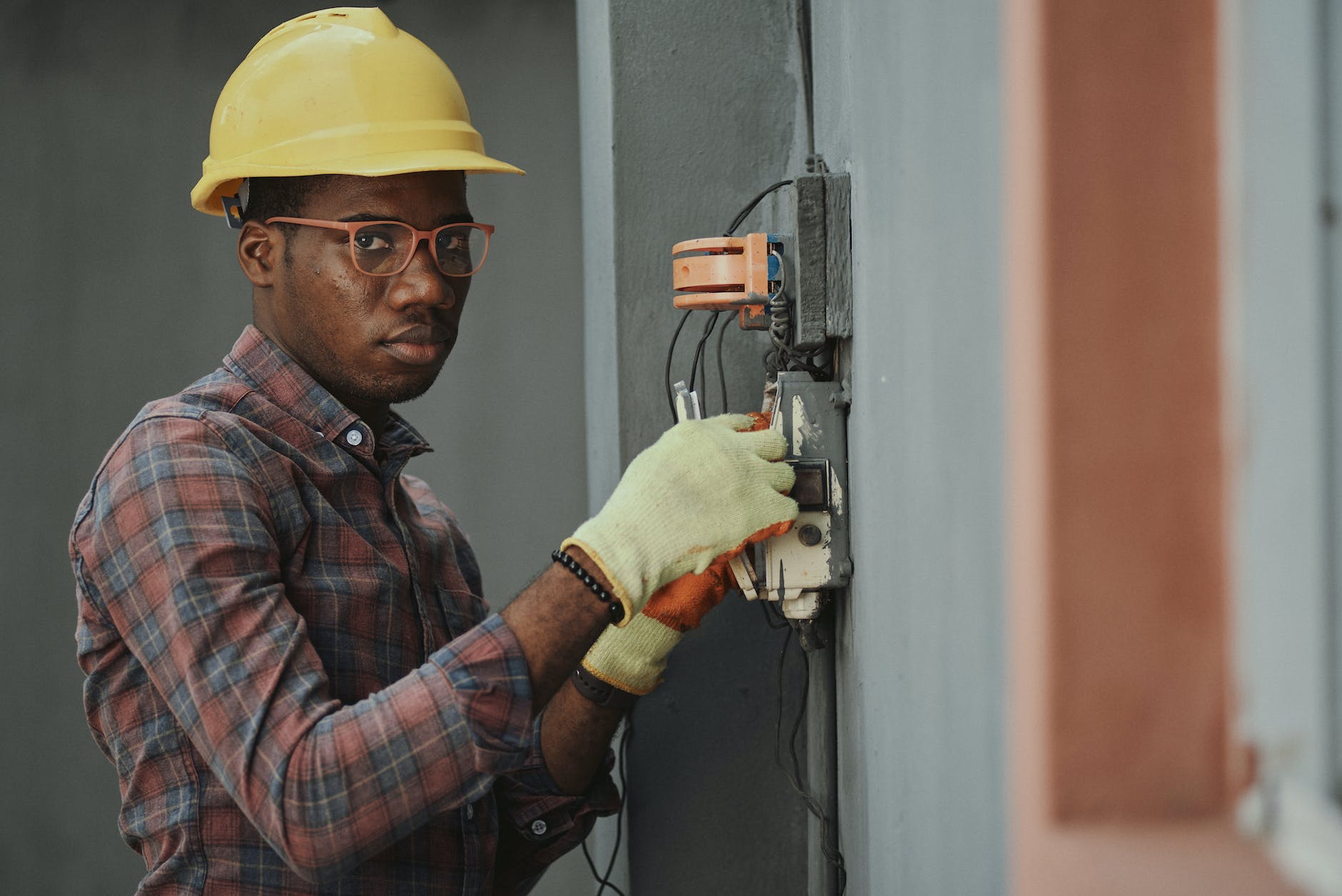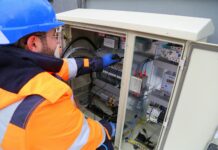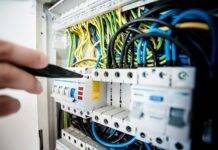
Electrical Hazards and Precautions
Electrical Hazards and Precautions : In our modern world, electricity powers almost everything we use daily, from the lights that brighten our homes to the devices that keep us connected. While electricity has greatly improved our quality of life, it also poses certain risks. Electrical hazards are a common occurrence, and understanding how to identify and prevent them is crucial for our safety. In this comprehensive guide, we will delve into electrical hazards and provide you with essential precautions to ensure you and your loved ones stay safe in a wired world.
Understanding Electrical Hazards
Recognizing the Invisible Threat
Electricity is a versatile and essential power source, but it’s also invisible, making it easy to forget the dangers it can pose. Electrical hazards can lead to serious injuries, fires, and even fatalities. To protect yourself and your family, it’s crucial to understand these hazards and take preventive measures.
Common Causes of Electrical Accidents
Electrical accidents can happen for various reasons. Faulty wiring, damaged appliances, and human error are some of the common causes. We will explore these causes in detail and discuss how to avoid them.
Types of Electrical Hazards
Electrical Shock
Electrical shock is a serious risk that can result from contact with live electrical circuits. We will explain what happens during an electrical shock, the potential injuries, and steps to take if someone experiences one.
Electrical Fires
Electrical fires can spread rapidly and cause significant damage. Learn about the signs of an electrical fire, how to use a fire extinguisher effectively, and when to call the fire department.
Arc Flash and Blast
Arc flashes and blasts are sudden releases of electrical energy that can cause severe burns and other injuries. Discover how to prevent arc flashes and respond if they occur.
Preventing Electrical Hazards
Home Wiring Inspection
Regularly inspecting your home’s wiring is essential to identify potential hazards. We’ll guide you through the process of checking for worn-out wires, damaged outlets, and overloaded circuits.
Proper Grounding
Proper grounding of electrical systems ensures safety by directing excess electrical energy away from your home. We’ll explain the importance of grounding and how to ensure your electrical system is properly grounded.
Outlet and Appliance Safety
Faulty outlets and appliances can pose significant risks. Learn how to recognize and replace damaged outlets and the best practices for using electrical appliances safely.
Using Circuit Breakers and Fuses
Circuit breakers and fuses are crucial safety devices that prevent electrical overloads. Find out how they work, and learn the importance of choosing the right size for your circuits.
Safety Measures for Electrical Workers
Personal Protective Equipment (PPE)
For professionals working with electricity, wearing the right PPE is non-negotiable. We’ll discuss the essential PPE items and their role in preventing injuries.
Lockout/Tagout Procedures
Lockout/tagout procedures are vital for maintaining electrical equipment safely. We’ll explain the procedures and why they’re essential in preventing accidents during maintenance.
Safe Work Practices
Practicing safety measures while working with electricity is crucial. Discover the best work practices, including risk assessments and proper communication.
Outdoor Electrical Safety
Weatherproof Outlets
Outdoor electrical outlets require special precautions. Discover how to install and maintain weatherproof outlets to prevent electrical accidents.
Safe Handling of Electrical Tools
Whether you’re gardening or working on outdoor projects, using electrical tools safely is crucial. We’ll offer guidelines to minimize risks.
Avoiding Overhead Power Lines
Overhead power lines carry high-voltage electricity. Learn how to safely work around them and prevent accidents.
Conclusion
In a world powered by electricity, staying safe is a collective responsibility. By understanding electrical hazards and taking necessary precautions, we can prevent accidents and protect our loved ones.
What Are the 5 Main Electrical Hazards?
Electrical Safety at the Workplace
Electrical Safety at the Workplace
Electrical Safety Hazards and Control Measures
Electrical Safety Inspection Checklist
FAQs
- What is the most common cause of electrical fires in homes? Electrical fires are often caused by faulty wiring, overloaded circuits, or damaged outlets.
- How do I test if an electrical outlet is grounded? You can use a simple outlet tester or hire an electrician to verify if an outlet is grounded properly.
- Can you explain the concept of electrical load balancing? Electrical load balancing involves distributing electrical loads evenly across circuits to prevent overloads and ensure safety.
- What are the dangers of overloading power strips? Overloading power strips can lead to overheating, fires, and damage to connected devices. It’s essential to use power strips within their specified limits.





















